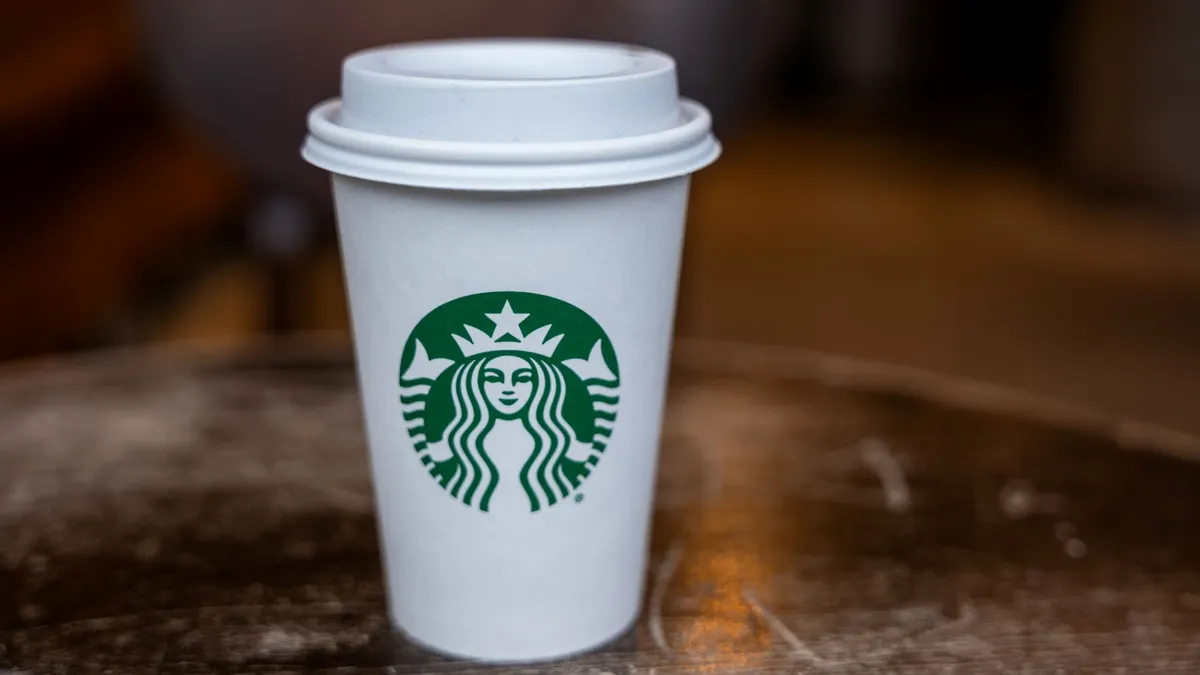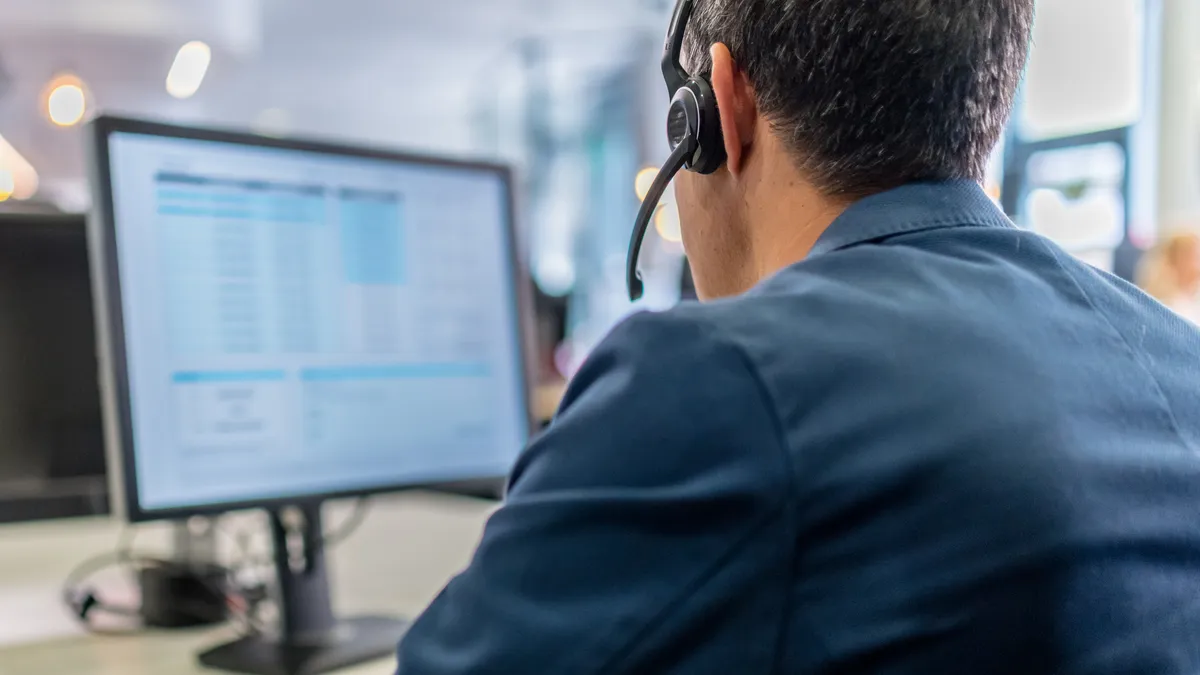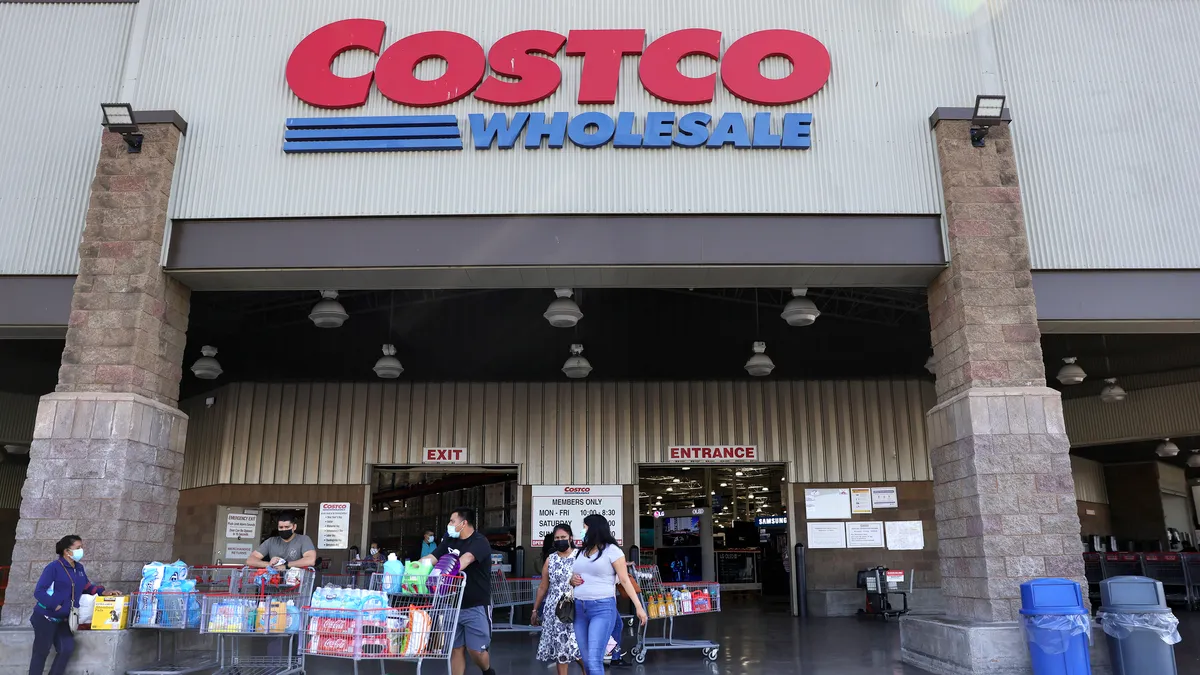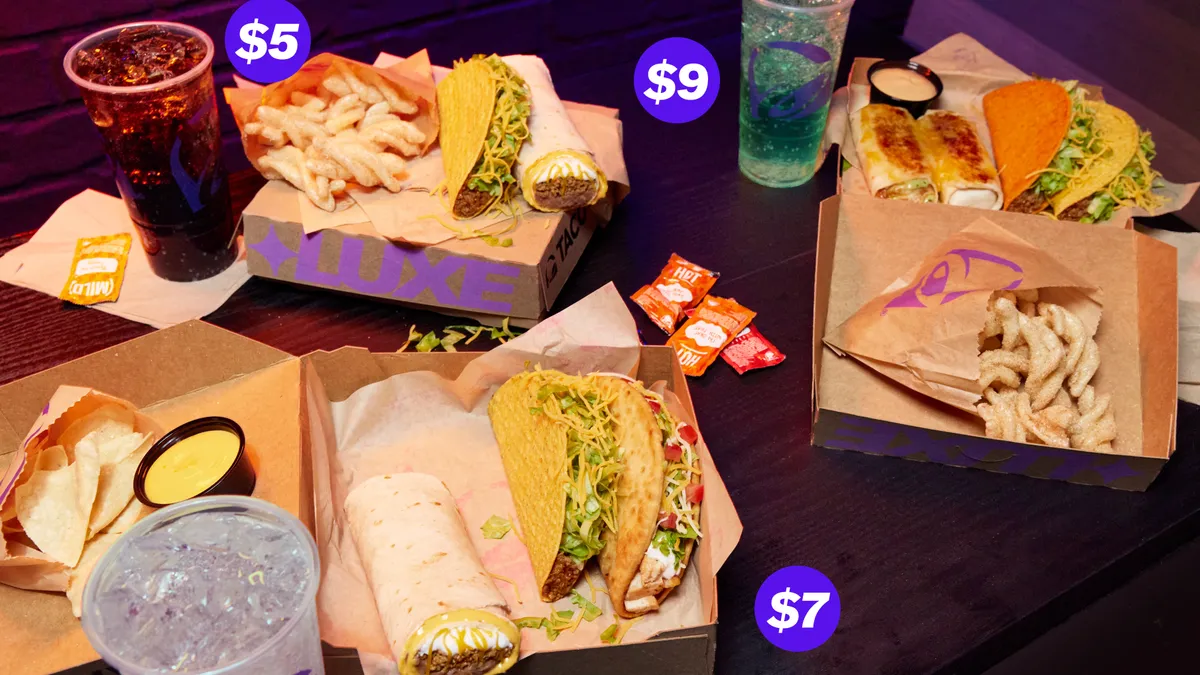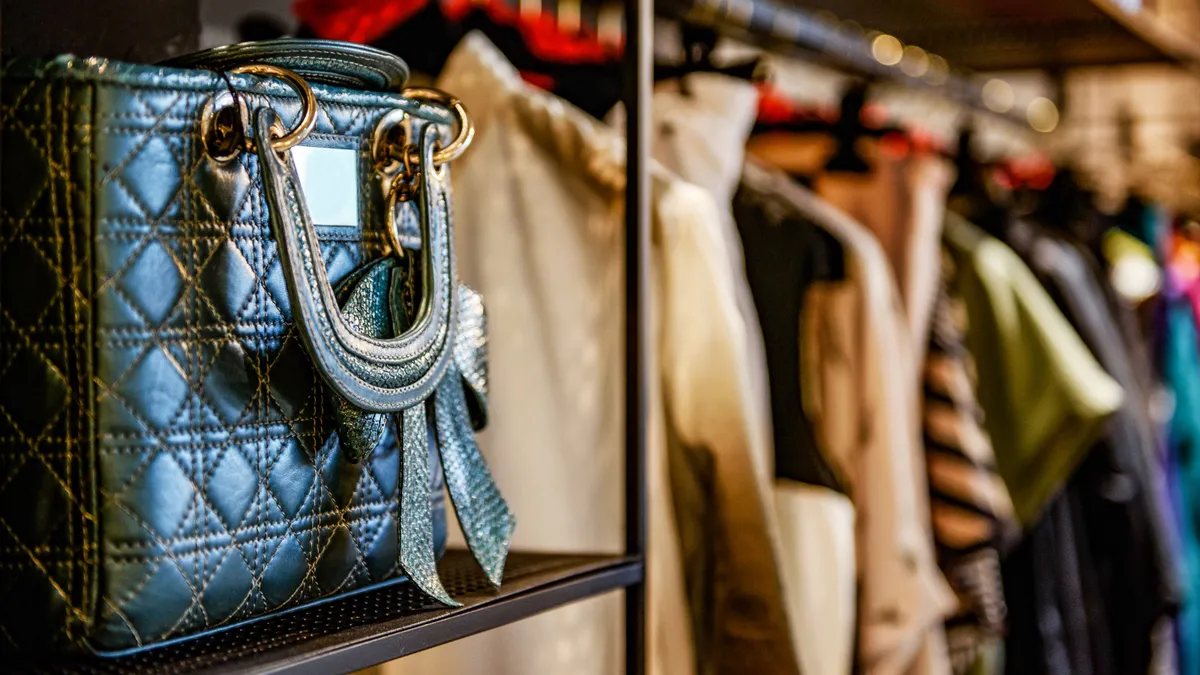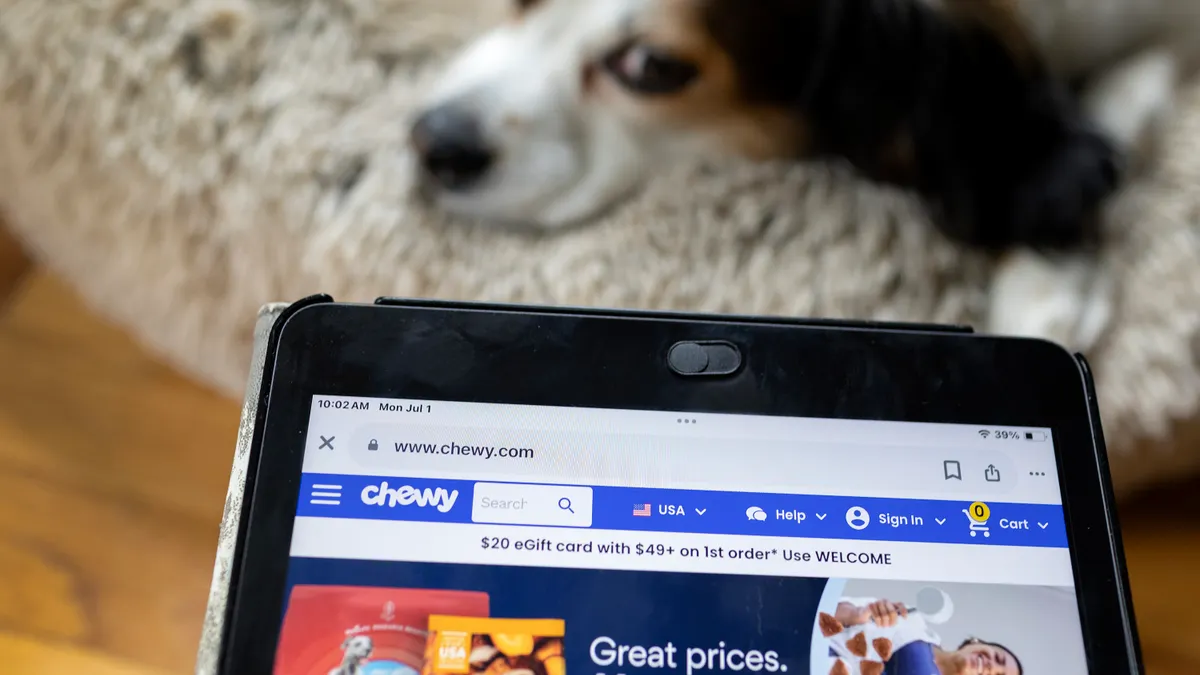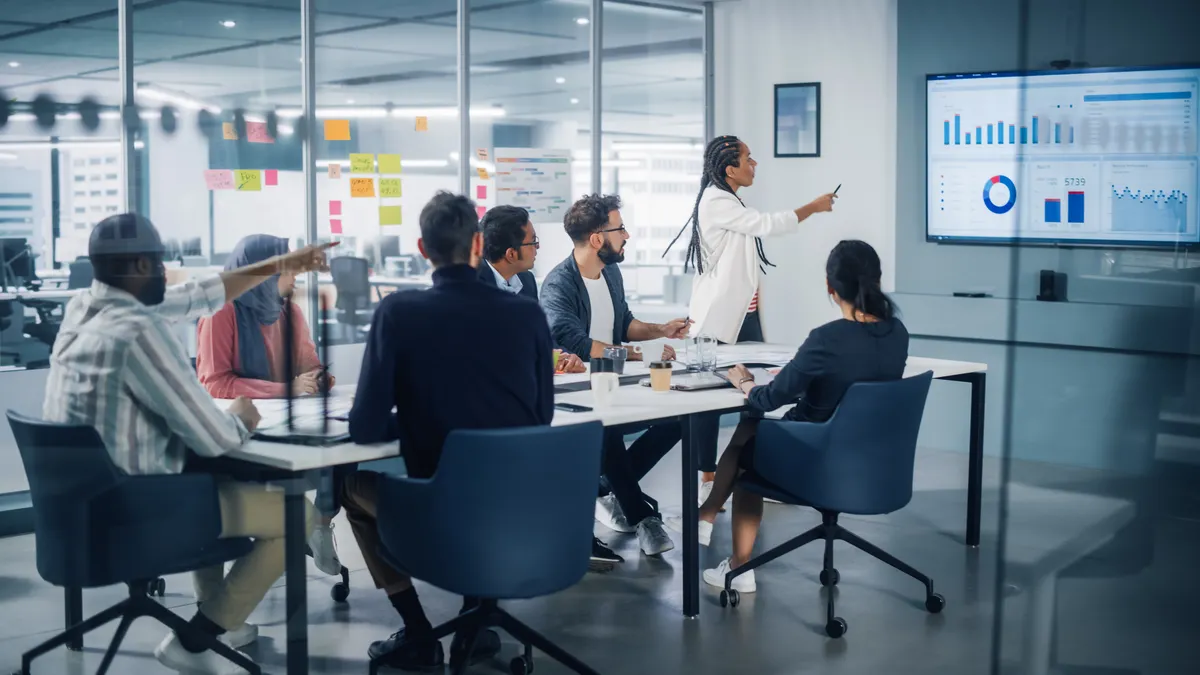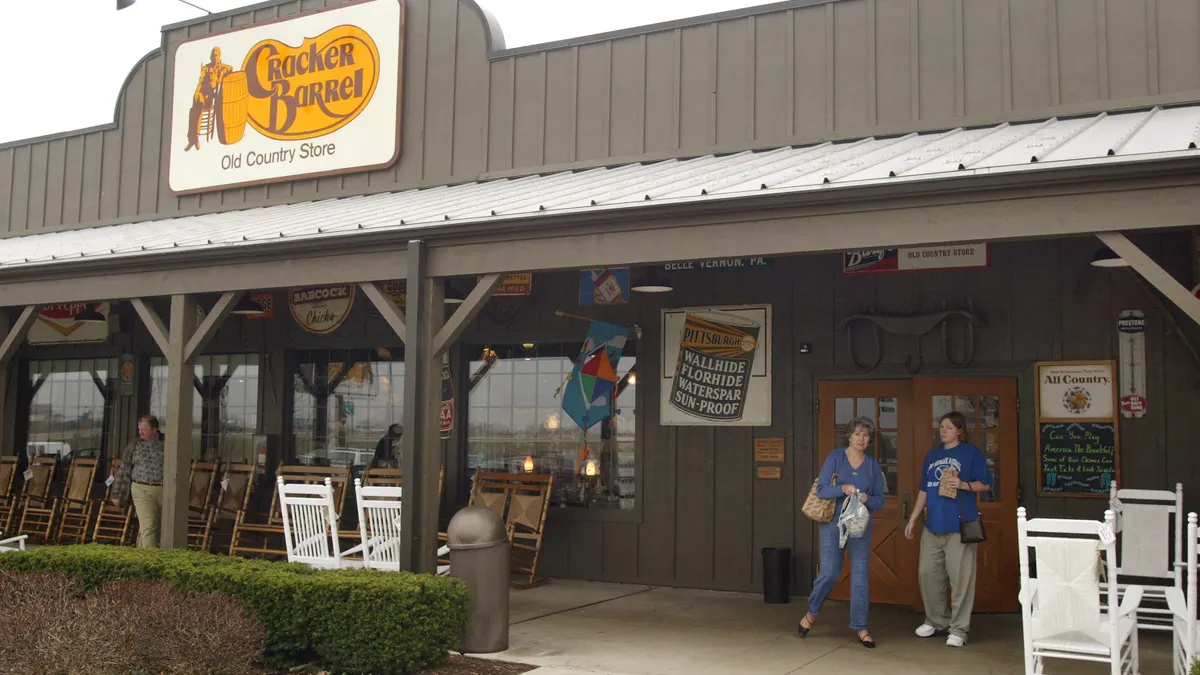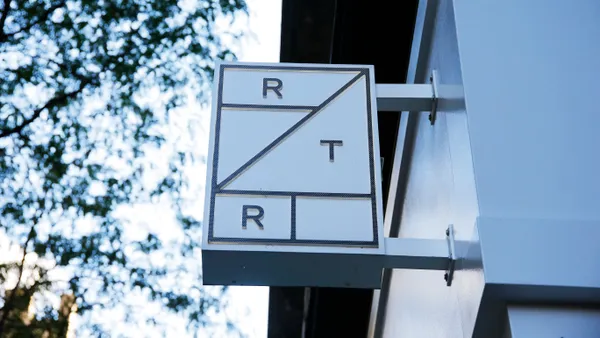Starbucks is maintaining its emphasis on CX, with an eye toward operations, as it pursues a turnaround.
The Back to Starbucks plan, which was introduced in September 2024 and grounded in customer and associate feedback, remains the right strategy for the job, according to CEO Brian Niccol. In-store customer experience plays a key role in the turnaround effort.
“We are building a better Starbucks, where everyone can experience the best of Starbucks, one that is stronger, more resilient and consistently growing, a Starbucks that is once again the gold standard in customer service, partner experience, the coffeehouse experience and financial performance,” Niccol said on a Q3 2025 earnings call Tuesday.
Starbucks still has work to do. Global comparable store sales fell 2% year over year in the third quarter of 2025, according to a company earnings report. Total net revenue rose 4% year over year to $9.5 billion.
Executives say that the company is on the right track, and that efforts like the Green Apron Service model are setting the stage for improvements to come.
“We're fixing the operational foundations of the business and building a platform for innovation in 2026,” Niccol said. “Some of the changes are already visible while others will be seen in the months ahead.”
Executives shared Starbucks’ CX wins and fresh initiatives on the company’s third quarter 2025 earnings call. Here are four major takeaways:
1. Experience investments are showing promise
While Starbucks’ comparable sales are still trending downward, customer perceptions of the experience are on the upswing, according to Niccol.
Customers are taking notice of improvements to speed, hospitality and accuracy at Starbucks locations, according to Niccol. Customer connection scores are up and customer complaints are down quarter over quarter and year over year, while the brand’s value perceptions are at near two-year highs.
The company is seeing gains among Gen Z and millennial customers, who make up over half of Starbucks’ base, according to Niccol. Transaction growth from non-Starbucks Rewards members also rose year over year.
Starbucks is adopting a growth scorecard to help the company keep track of the metrics that will drive its future financial performance.
“It's about the customer,” Niccol said. “It's about our being staffed correctly. It's about ensuring that we obviously get the right speed requirements hit. And so when we do those things, we see the outcomes that we want, which is transaction growth which then ultimately, I think, is a key indicator of health in the business.”
2. Four-minute handoffs remain a priority
One of the biggest challenges at Starbucks in recent years has been wait times, driven by the popularity of mobile ordering — which was slowing down in-person and drive-thru customers.
Niccol made getting mobile orders under control a top priority and set the goal of fulfilling in-person orders within four minutes and mobile orders in no more than 12 to 15 minutes.
Efforts like better order sequencing have helped speed up drink making, and average peak drive-thru times are at three minutes and 20 seconds at the 7,600 locations with drive-thrus, according to Niccol.
Starbucks will maintain its commitment to four-minute handoffs as it rolls out new processes, according to Niccol. “One of the principles for our innovation is it cannot negatively impact our ability to deliver on cafe orders in less than four minutes,” he said.
The company is using Green Apron Service to prepare it to implement innovations without slowing down the customer experience, according to Niccol. The model is expected to help Starbucks make further changes while minimizing the impact on baristas.
3. CX benefits have a ramp up time
Green Apron Service, slated to start expanding across company-operated U.S. locations in August, is being rolled out ahead of schedule, according to Niccol.
The company’s goal is to have the model in place ahead of pumpkin spice season, according to Niccol. While cafes with Green Apron Service saw improvements to metrics including sales and customer service times, they didn’t manifest immediately.
Green Apron Service includes adding more employee hours, and it “takes a little bit of time for us to get into a rhythm with the new labor that we have on the team,” Niccol said. “And that also takes a little bit of time for our customers to recognize that they're getting a different kind of service experience.”
However, once established, locations using Green Apron Service show good results, according to Niccol. He noted that customers appreciate the better experience, and he expects the positive trends to continue improving.
Many customers come into Starbucks for pumpkin spice season, "and now they're going to experience Green Apron Service," Niccol said. "And I just think that's a winning proposition for us that sets the table for what's to come in 2026.”
4. Loyalty is still growing
Starbucks Rewards has nearly 34 million 90-day active members, and Starbucks plans to continue evolving the loyalty program to keep them coming back.
Plans include a new Starbucks app, enhancements to mobile order and new pay options “that will further improve our ability to deliver a great customer experience at pickup,” Niccol said. The company plans to address customer feedback with its updates.
One of Starbucks’ goals is to continue growing non-discounted transactions with loyalty members, according to Niccol. That number is on the rise quarter over quarter, but Niccol sees more work to do, noting that the rewards program has put too much emphasis on discounts.
“And the feedback we've gotten from customers that are part of it is, if I'm a really big loyal customer, I think there should be more recognition of that,” Niccol said. “And if I'm a less frequent customer, we should then set up the program so that it fits for them.”
Starbucks plans to tailor the program to be more about recognizing loyalty and engagement, according to Niccol. The company expects to reveal more information in February 2026.


